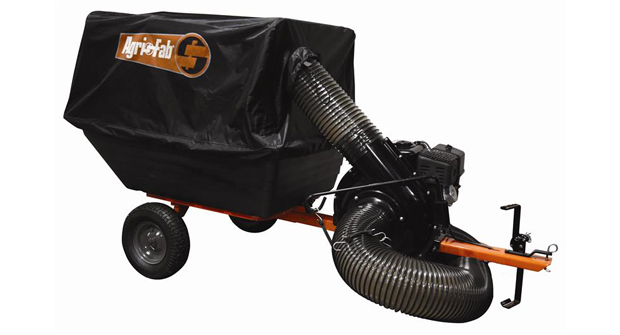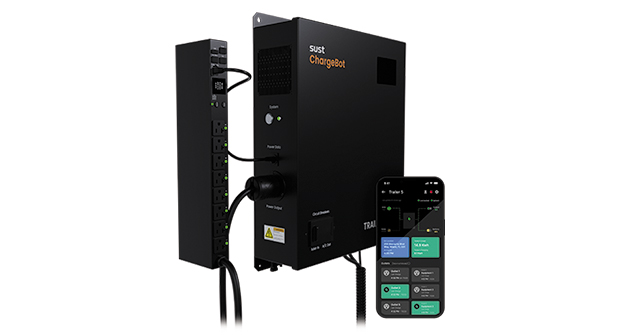In an era of digital tools revolutionizing business operations, green industry business owners increasingly turn to specialized software to streamline their processes and boost profitability.
However, navigating the growing number of products can be challenging. That’s where these software experts come in. They share the do’s and don’ts of choosing software for your company.
DO’S
Evaluate your options. As the green industry continues to grow, with outside investors and technology continuing to flood the market, it’s important to keep an open mind regarding different software.
Some landscaping companies might want to start off using software for equipment tracking but, down the road, want to expand their usage to aid with budgeting, accepting payments and more. Therefore, it makes sense for landscapers to check in on all of their options before making a final decision.
Make sure everyone is on board. It takes a team to make sure business software work its magic. If some team members aren’t inputting the data your system needs, it could lead to disaster down the road.
“A big issue that people run into is that they don’t buy in fully with the software, or they allow people to be naysayers, bring bad energy into the environment and then not use the software at all,” says Gage Roberts, executive vice president of sales with Weathermatic, formerly with Aspire Software. “It’s like a disease, it just spreads. So, when you don’t have a good process to follow, the system won’t operate correctly.”
DON’TS
Assume. A mistake that might not come back to bite landscape business owners right away is discarding potentially valuable data, says Ben Collinsworth, general manager of Yellowstone Landscape in Austin, Texas.
“You don’t know what might be usable yet,” he says. “But (in the future) it might be like, ‘Holy cow, I never had that as an option. Now, what can I do with it?’ That ‘what-can-I-do-with-it?’ part is what’s exciting to me. There will be so many uses for all this data as it comes pouring in. I think the people who can figure out where to best utilize it will be huge winners.”
Give up too quickly. “It’s frustrating when you go out and you see people that are so anxious to find flaws in any of these new things that are coming out,” says Collinsworth. “We should point out the flaws so they can be fixed, but we shouldn’t do it in a way where we think, ‘Oh, this is not a viable product because it has some limitations.’”
Collinsworth adds that as green industry software continues to grow — even in the short term — he expects business owners who didn’t jump on the train early will regret their decisions.
“I think a majority of companies will all have some participation as (software) rolls out over the next five to 10 years,” he says. “(People) will go out to see it and be like, ‘Son of a gun, that’s really cool. I wish I’d done that earlier.’ And then they’ll start to come play catch up.”


